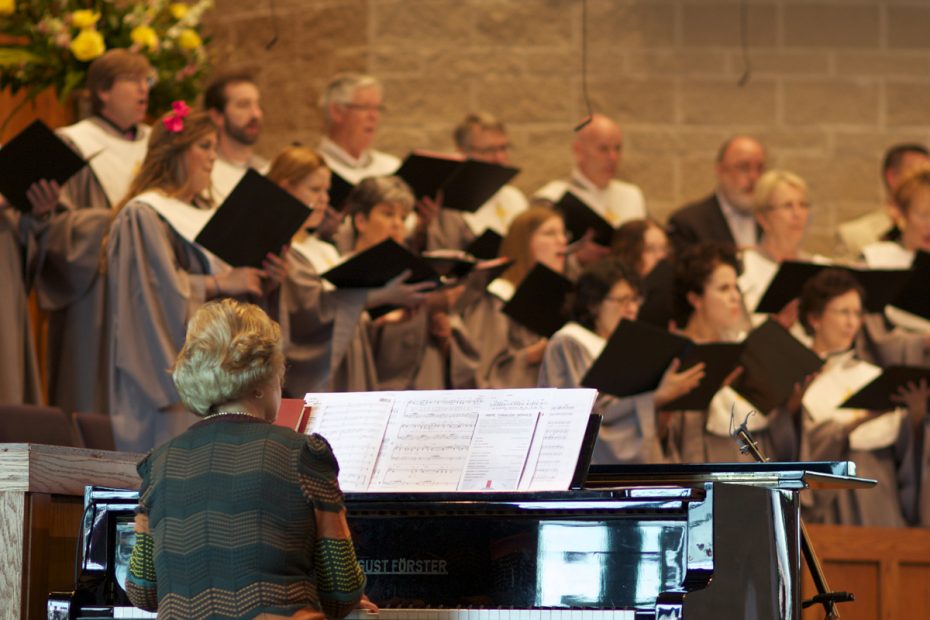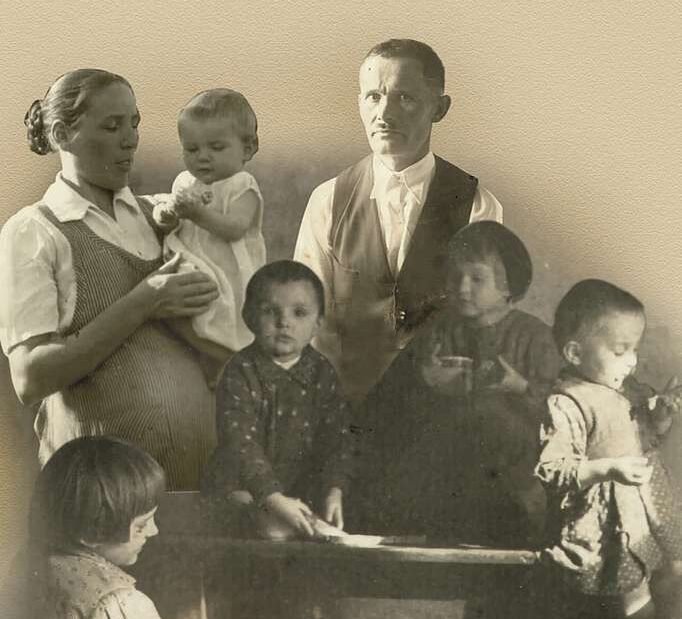Who of us doesn’t know the tune to sing the ABC’s? Early on in life we learn how music can help us learn and remember. Sometime thereafter hopefully we realize it can also be prayer, and as prayer can help us experience scripture more intensely. Plus the musical tune can help us to recall the scriptural passage by associating the tune.
“Give praise with tambourines and dance, praise him with strings and pipes. Give praise with crashing cymbals, praise him with sounding cymbals. Let everything that has breath praise the Lord! Psalm 150: 4-6
The Catechism of the Catholic Church emphasizes the importance of music: “The musical tradition of the universal Church is a treasure of inestimable value, greater even than that of any other art. The main reason for this pre-eminence is that, as a combination of sacred music and words, it forms a necessary or integral part of solemn liturgy” (Sacrosanctum Concilium, no. 112). The composition and singing of inspired psalms, often accompanied by musical instruments, were already closely linked to the liturgical celebrations of the Old Covenant. The Church continues and develops this tradition: “Address . . . one another in psalms and hymns and spiritual songs, singing and making melody to the Lord with all your heart.” “He who sings prays twice” (Eph 5:19; St. Augustine, En. in Ps. 72,1:PL 36,914; cf. Col 3:16).
Research from Catholic Leadership Institute, Rebuilt Parish, Divine Renovation, Amazing Parish and others indicates the importance of the quality of our Sunday Mass. One important component is the quality of the music. All the recommendations focus on excellence rather than a particular style of music. Musical genre and style appeal to each of us differently. But if done well, then we can focus on the text of the song.
Felix Mendelssohn captures the exuberance of song as prayer in his sacred cantata Hymn of Praise. He surrounds the hymn Let all Men Praise the Lord (set to the tune of Now Thank we All Our God (Nun danket alla Gott)) with soaring vocals and instrumentals.
I had the opportunity to sing this music. I am captivated by the prayer-song of the words: “Let us take up the armor of light! And cast off the works of darkness.” With appropriate attitude and awareness, this is a powerful prayer. Ending with the phrase “All that has life and breath, sing to the Lord!”
While Mendelssohn may not be your preference, the words are powerful and uplifting. I had a completely different experience at Church of the Nativity in Timonium, MD. There they are explicitly focused on creating an experience that the broader community can appreciate, in order to attract new people into a relationship with Christ. The opening and Liturgy of the Word were celebrated with contemporary music, which changed dramatically to Latin chant responses during the Liturgy of the Eucharist. At St. Andrew parish in Myrtle Beach, the hymns are traditional and the responses are done in Latin during Lent and in English during Ordinary Time. All these experiences provide an opportunity to experience scripture through music.
Historically, composers knew to consider the space for their music. Gregorian Chant works very well in the large spaces of cathedrals, because it does not change key, nor do rhythms change quickly. The result is layers of sound flowing over each other as the sound is echoed in the space, a beautiful, mystical experience. Later music took advantage of smaller spaces, so a Hayden, Vivaldi or von Weber composed with more key changes and rhythms. Today as we experience Mass in everything from conference spaces to small chapels, the music varies widely. Our Catholic conferences offer the exciting influences of Latino, African, Filipino and Vietnamese music, all of which are inspiring.
There is room for all styles of music. In addition to the quality of the music, which depends on the ability of the musicians, we have an important role as parishioner participants. We must have the attitude and intent to receive the music and the message of the prayer text. Those of us who do not join the singing have an active role of listening and opening ourselves to be changed by the music.
In an article on Music as Prayer, the music director of Our Lady Queen of Heaven Catholic Church in Lake Charles, LA explains: “ Many people ask me, “How can you pray while you are singing?” I think the answer lies in the intent of the person singing. Praying through song can be an extremely powerful form of prayer. But like any form of prayer, it takes practice. If a person is focused on the scripture, prayer-text or church doctrine the text of a song expresses, then the person begins to internalize the message, God’s message, and meditate on the meanings behind the words…the import of the prayer. They open themselves to God’s Spirit moving in the music and in their being. Music is one of the few documented activities that engage both sides of your brain simultaneously, so when we pray through music we are literally “giving it our all.”
Let us all make music together. Give praise. Let all that has life and breath sing to the Lord!
Terry Poplava is a multi-disciplined executive with extensive sales, product marketing, strategy and leadership experience in supporting faith organizations. Terry’s professional experience includes organizational leadership, corporate development and growth, consulting with and training church leaders, and leading strategic and priority planning for churches and dioceses. He currently serves on the advisory board for the National Shrine of Our Lady of La Leche in St. Augustine FL, as cantor at St. Andrew parish in Myrtle Beach, SC. and recently as Chairman of the Finance Council at St. Mary the Virgin Mother parish in Hartsville, SC.




